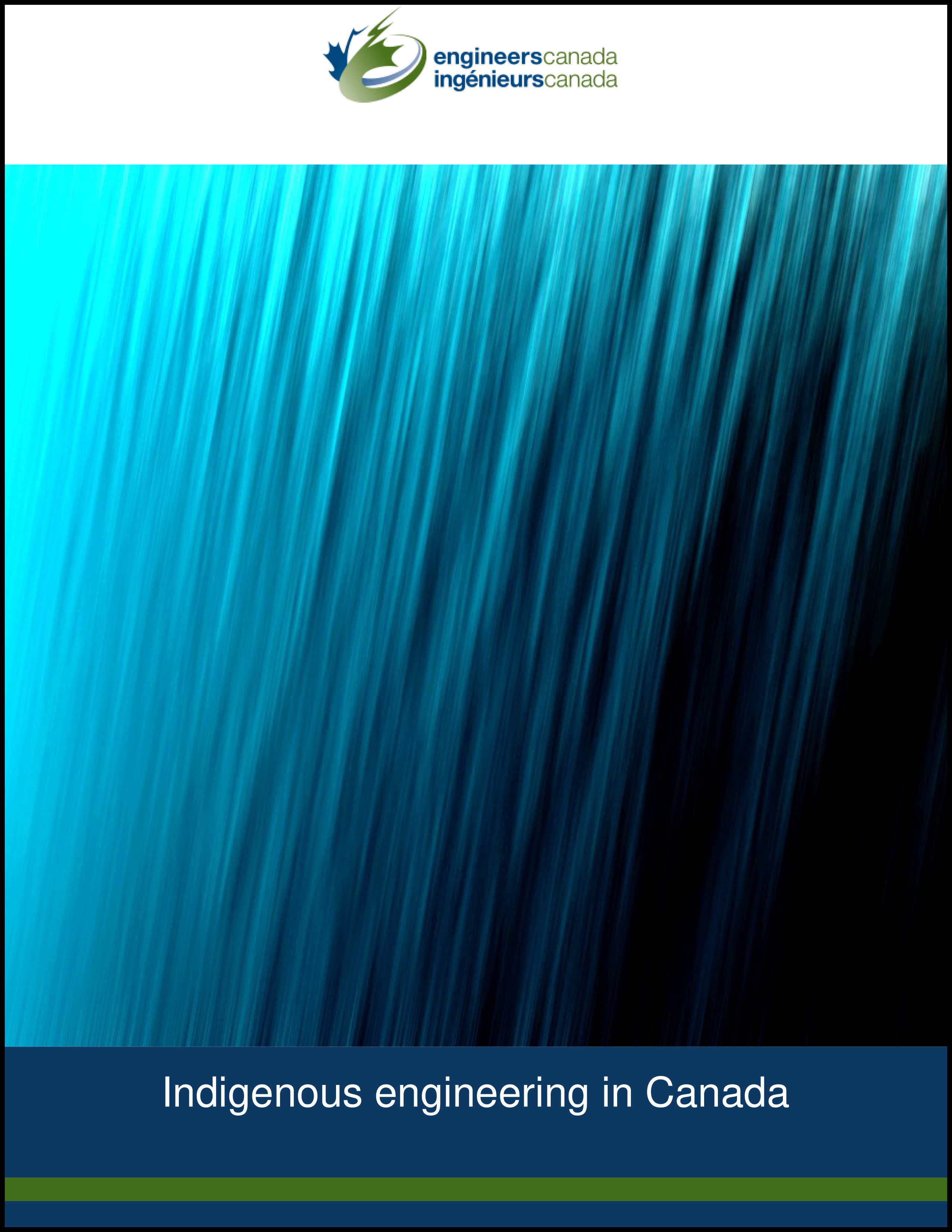
Analysis of secondary data to support Engineers Canada’s Operational Imperative 9 sub-strategy: Indigenous access to engineering
Published: February 2021
Executive summary
Engineers Canada has worked with Big River Analytics to identify and analyze secondary data to estimate the number of Indigenous engineers. This report summarizes this data and estimates related to the participation of Indigenous engineers in the profession.
The key metric presented in this report is the proportion of all engineers that identify as Indigenous, as defined by National Occupation Classification (NOC) codes (see Section 2.1 and 3.1). As a measure of diversity, equity, and inclusion, this metric is compared to two benchmarks: the proportion of Indigenous people in the labour force in their main working years (aged 25 - 64), and the proportion of all Canadians that identify as Indigenous. To better estimate the number of professional engineers, where possible, we report estimates of individuals with engineering NOCs and an education level at a bachelor or above. This report also compares demographics, educational attainment, geographic location, and income between Indigenous and non-Indigenous engineers.
The initial analysis in this report estimates the gap in representation between Indigenous and non-Indigenous individuals in engineering occupations. Existing secondary data is not able to identify which individuals in engineering occupations are professional engineers as licensed by regulators. Section 4.0 highlights recommendations for additional research to refine and expand Engineers Canada's understanding of access to engineering among Indigenous people.
